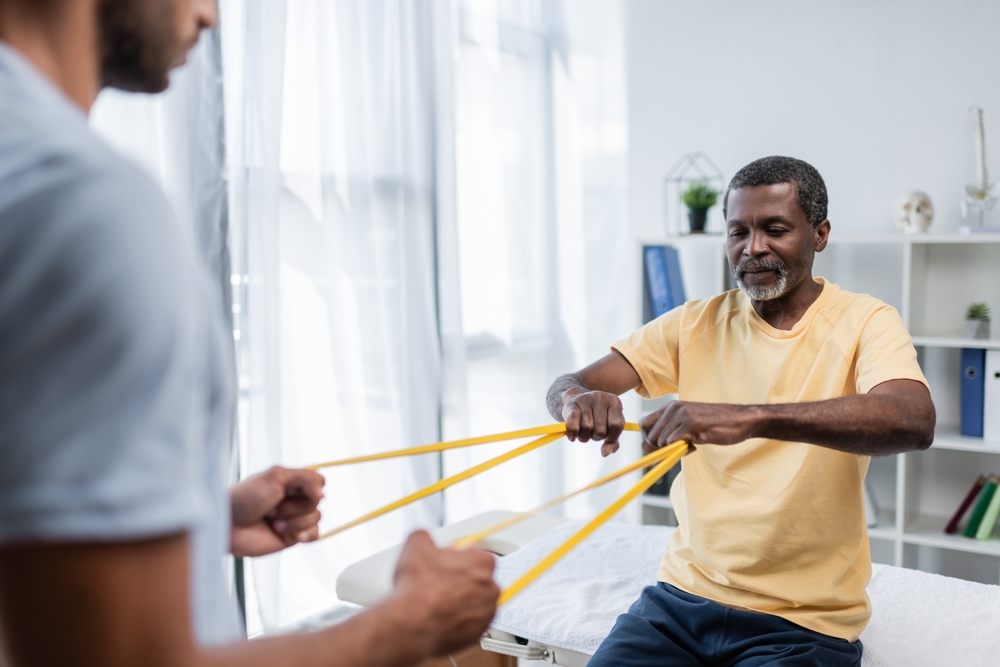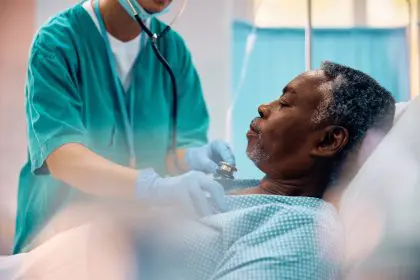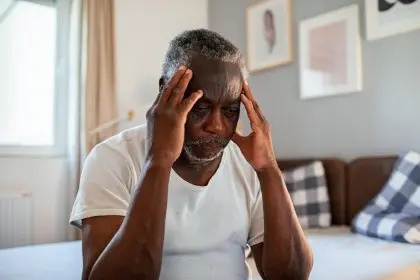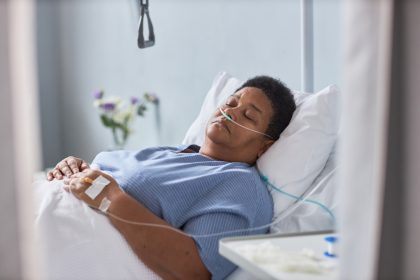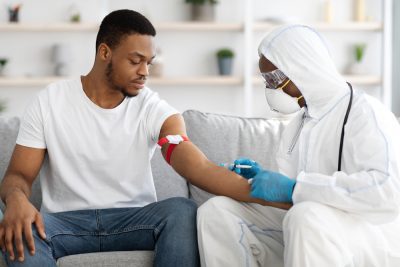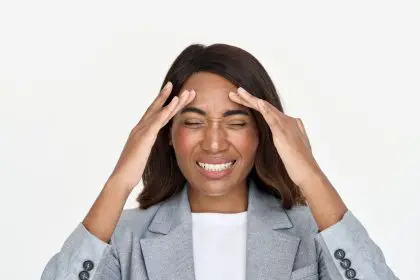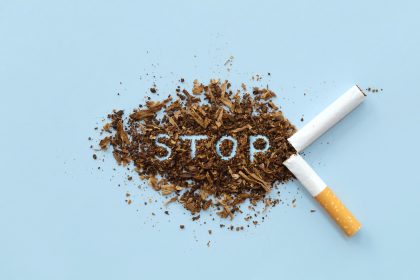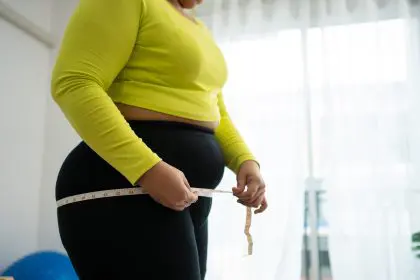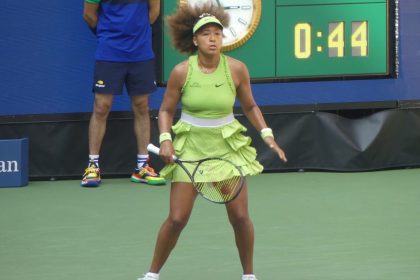Imagine your brain as a bustling city with millions of interconnected highways carrying information at lightning speed. Now picture what happens when a major earthquake hits, destroying some of those crucial highways and leaving entire neighborhoods cut off from the rest of the city. That’s essentially what happens during a stroke, but here’s the incredible part your brain doesn’t just give up and accept the damage.
Your brain immediately starts working like the world’s most determined construction crew, finding alternative routes, building new pathways, and rewiring itself in ways that would make the most skilled electrician jealous. This process, called neuroplasticity, is happening right now in the brains of stroke survivors everywhere, often without them even realizing the massive reconstruction project taking place inside their heads.
The recovery process after stroke isn’t like healing from a broken bone, where you can watch progress happen day by day. Brain recovery is more like watching a time lapse video of a forest growing back after a fire. Some changes happen quickly, others take months or even years, and the final result might look completely different from what was there before, but it can be just as functional and sometimes even stronger.
What’s really mind blowing is that every stroke recovery is as unique as a fingerprint. Two people can have strokes that look identical on brain scans but have completely different recovery patterns and outcomes. Your brain’s healing journey is influenced by factors you can control, factors you can’t control, and a whole bunch of factors that science is still trying to understand.
The timeline nobody prepared you for
Most people expect stroke recovery to follow a predictable timeline, like recovering from surgery where you feel a little better each week until you’re back to normal. But stroke recovery is more like learning to dance, there are breakthrough moments followed by plateaus, sudden improvements followed by frustrating setbacks, and progress that sometimes feels like it’s moving backward before it leaps forward.
The first few weeks after a stroke are when your brain is in emergency repair mode, working around the clock to establish new connections and figure out alternative ways to accomplish tasks that used to be automatic. This is often when you see the most dramatic improvements, as swelling goes down and your brain starts adapting to the damage.
But here’s where it gets tricky, that initial rapid improvement phase doesn’t last forever. Many people hit what feels like a wall around the three to six month mark, where progress seems to slow down or even stop completely. This isn’t because recovery has ended, it’s because your brain has moved from emergency repairs to the slower work of fine tuning and optimization.
The idea that stroke recovery stops after six months or a year is one of the most harmful myths in rehabilitation medicine. Your brain continues to have the capacity for rewiring and improvement for years after a stroke, but the nature of that improvement changes. Instead of dramatic leaps, you might see gradual refinements in movement, speech, or thinking skills that add up to significant improvements over time.
Why some people recover faster than others
Age plays a role in stroke recovery, but not in the way most people think. While younger brains do tend to be more adaptable, older adults can achieve remarkable recovery outcomes too. The difference is often more about overall health, motivation, and access to quality rehabilitation than about age alone.
The location and size of the stroke damage matters enormously. Strokes that affect areas responsible for basic functions like movement or speech tend to have more noticeable impacts, while strokes in areas that handle more complex cognitive tasks might cause subtler problems that are harder to detect and treat.
Your pre stroke fitness level becomes incredibly important during recovery. People who were physically active before their stroke often have better outcomes, not just because they start from a stronger baseline, but because their brains already have established networks for motor learning and adaptation.
Social support turns out to be one of the most powerful predictors of stroke recovery success. Having family members, friends, or caregivers who understand the recovery process and provide appropriate encouragement can literally change the trajectory of healing. It’s like having a personal cheering section that keeps you motivated during the toughest parts of rehabilitation.
The rehabilitation journey nobody warns you about
Physical therapy after stroke isn’t just about regaining strength or relearning how to walk. It’s about teaching your brain new ways to control your body when the old pathways have been damaged. Every repetition of an exercise is like sending a message to your brain saying this movement is important, please build stronger connections here.
Speech therapy goes far beyond just helping people talk again. It addresses everything from swallowing difficulties to complex language processing problems that can affect reading, writing, and understanding. Many people don’t realize that stroke can affect language in dozens of different ways, and speech therapists are essentially helping to rebuild the communication networks in your brain.
Occupational therapy focuses on helping you relearn the activities of daily living, but it’s really about problem solving and adaptation. Occupational therapists are like personal trainers for your brain, helping you figure out new ways to accomplish familiar tasks when your usual methods no longer work.
The emotional and psychological aspects of stroke recovery are often the most challenging and least discussed part of the process. Depression affects up to 50% of stroke survivors, not just because of the life changes they’re facing, but because stroke can literally damage brain areas involved in mood regulation.
What realistic recovery actually looks like
Complete recovery, where someone returns to exactly their pre stroke functioning, is relatively rare, but meaningful recovery that allows for independence and quality of life is much more common. The goal isn’t usually to get back to exactly where you were before, it’s to maximize function and find new ways to accomplish what’s important to you.
Some people experience what’s called spontaneous recovery, where function returns seemingly on its own as brain swelling decreases and alternative pathways take over. But most meaningful recovery happens through the hard work of rehabilitation, where repetitive practice helps strengthen new neural connections.
Recovery often happens in unexpected ways. Someone might never regain full use of their right hand but develop remarkable dexterity with their left hand. Or they might not return to their previous level of speech fluency but find new ways to communicate effectively through writing or technology.
The concept of compensation versus restoration is crucial to understand. Restoration means getting back the exact function you lost, while compensation means finding alternative ways to accomplish the same goals. Both are valuable forms of recovery, and often the most successful stroke survivors become masters of compensation.
The family factor that changes everything
Family members and caregivers play a crucial role in stroke recovery outcomes, but they often don’t receive adequate training or support for this responsibility. The most well meaning family members can actually hinder recovery if they do too much for the stroke survivor instead of encouraging independence.
Learning when to help and when to step back is one of the most difficult aspects of supporting stroke recovery. It’s natural to want to jump in and assist when you see someone struggling, but sometimes that struggle is exactly what their brain needs to build new connections.
Family education about stroke recovery can dramatically improve outcomes. When family members understand concepts like neuroplasticity, the importance of repetitive practice, and realistic timelines for improvement, they become more effective partners in the rehabilitation process.
The emotional toll on families is enormous and often underestimated. Watching a loved one struggle with basic tasks that used to be effortless is heartbreaking, and family members often experience their own grief process as they adjust to changes in their loved one’s abilities and personality.
Making the most of your brain’s healing power
Staying engaged in meaningful activities is one of the most powerful ways to promote continued brain healing after stroke. Your brain prioritizes building connections for functions that you use regularly, so staying active in activities that matter to you sends strong signals about what neural pathways to strengthen.
Sleep becomes incredibly important during stroke recovery because that’s when your brain consolidates new learning and clears out cellular waste that can interfere with healing. Many stroke survivors struggle with sleep problems, but addressing these issues can significantly impact recovery outcomes.
Nutrition plays a bigger role in brain healing than most people realize. Your brain needs specific nutrients to build new connections and repair damage, and many stroke survivors have increased nutritional needs during the recovery process.
Setting realistic but challenging goals keeps your brain engaged in the recovery process. Goals that are too easy don’t provide enough stimulus for neuroplasticity, while goals that are too difficult can lead to frustration and giving up. Finding that sweet spot of appropriate challenge is key to maximizing recovery potential.

